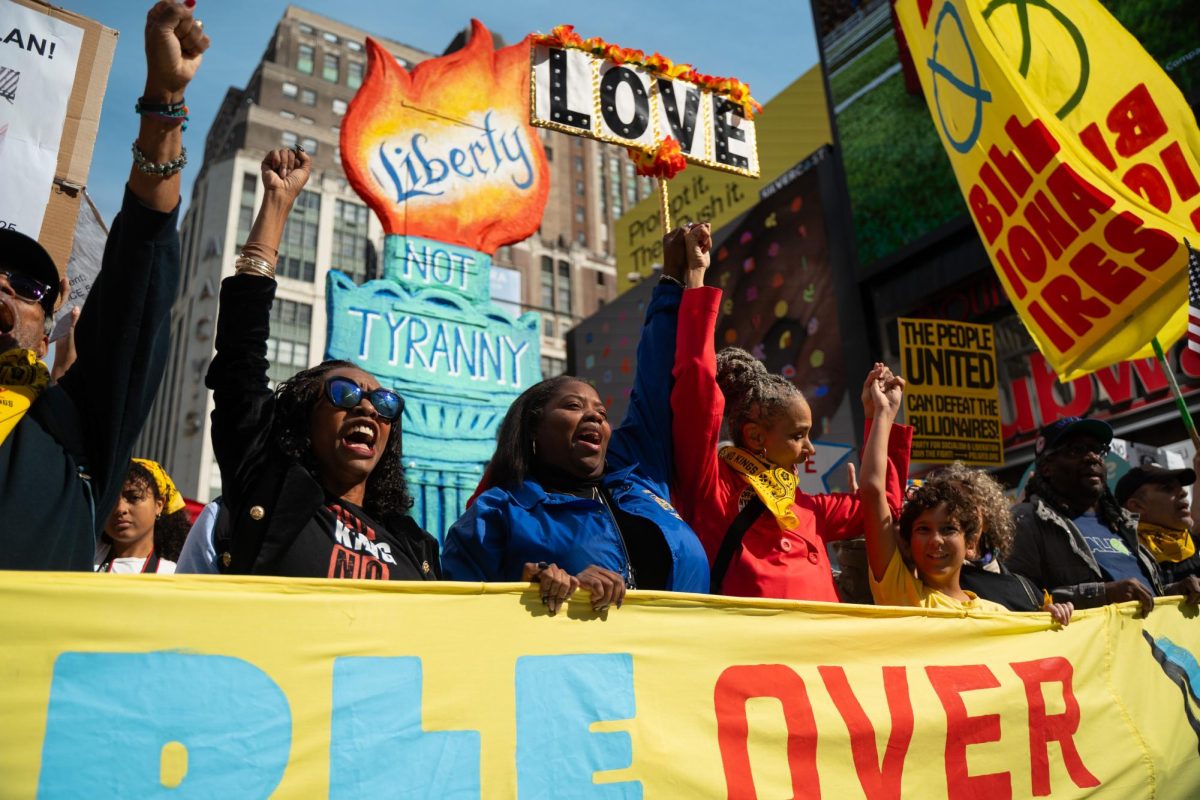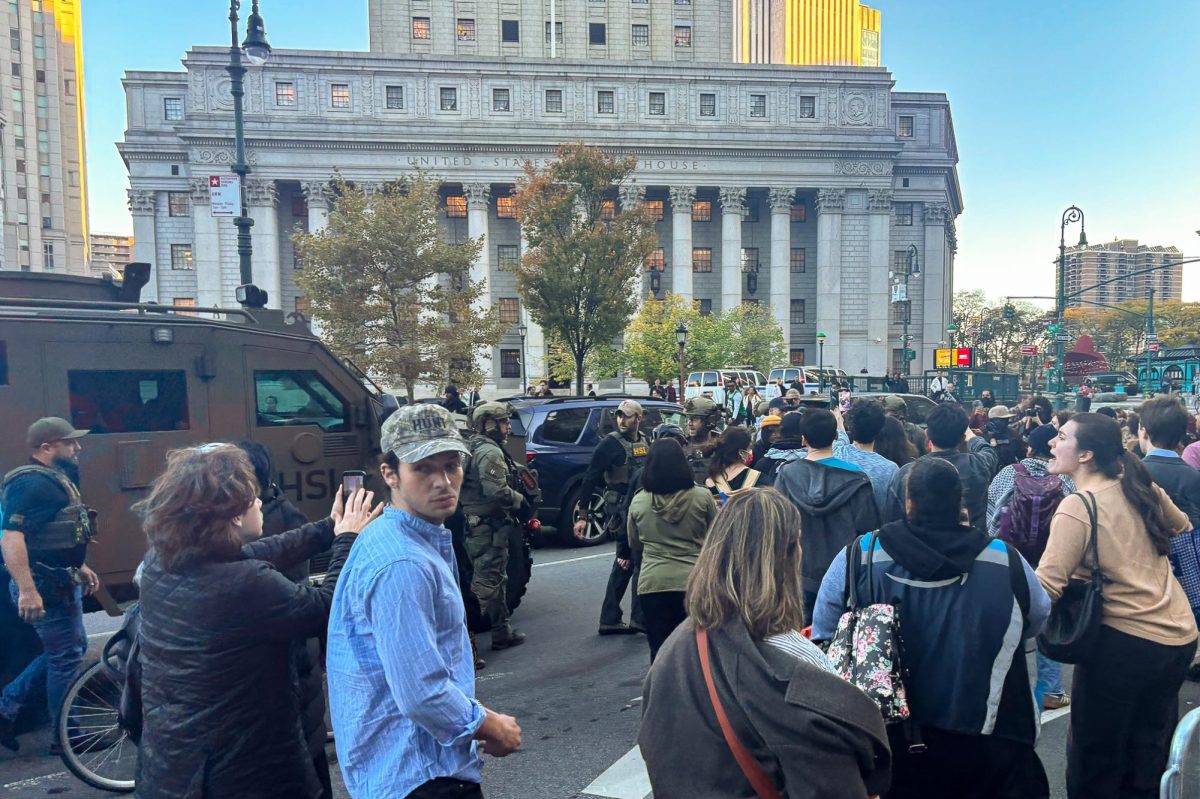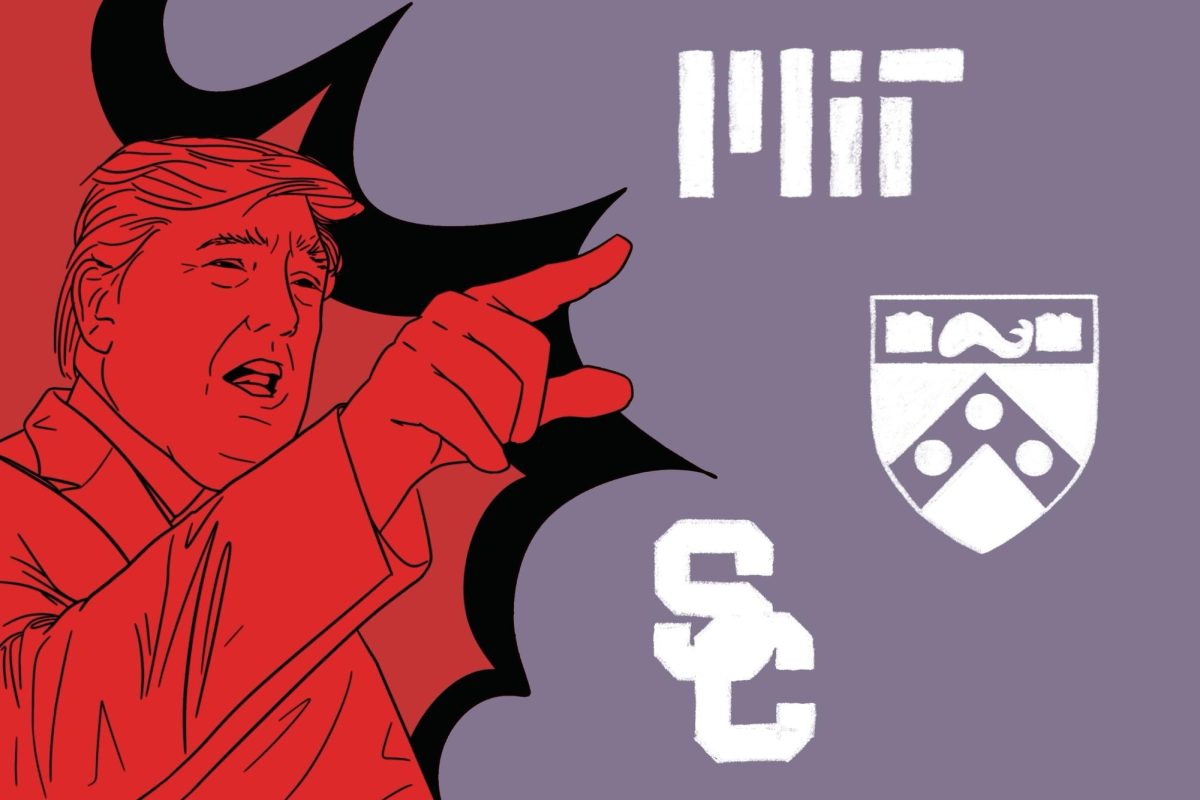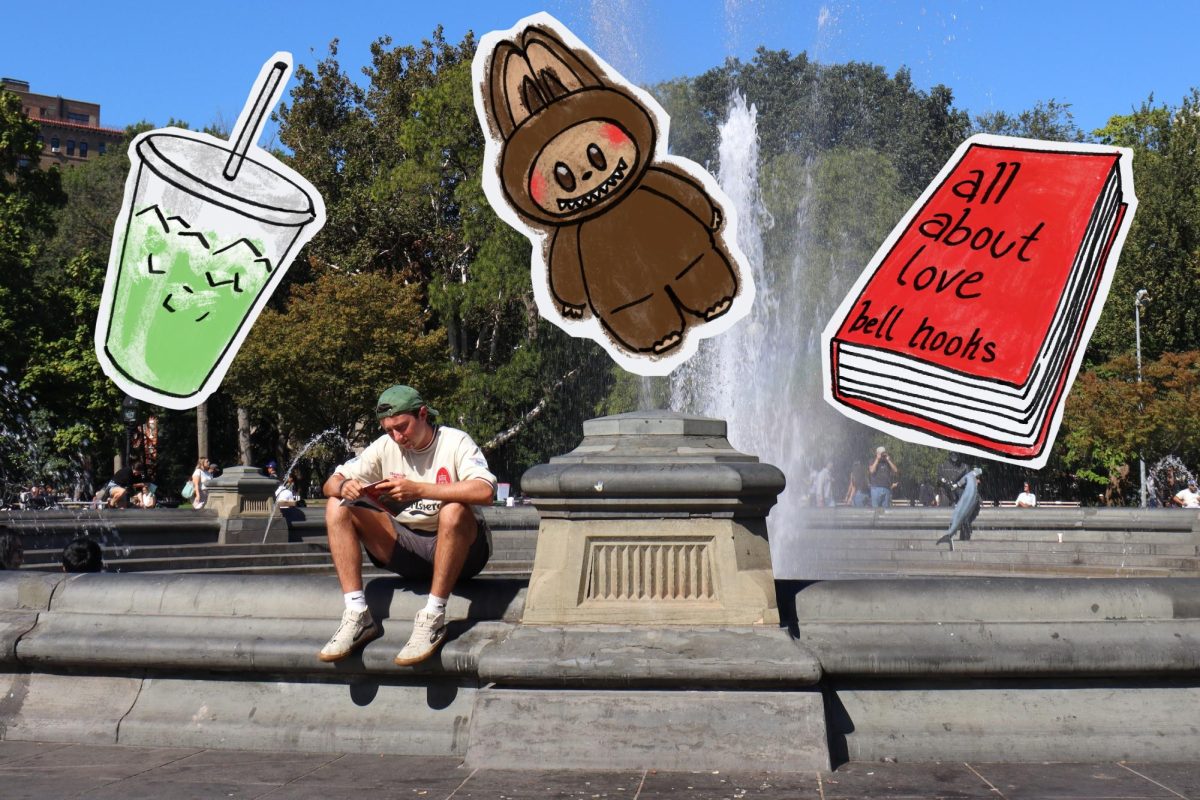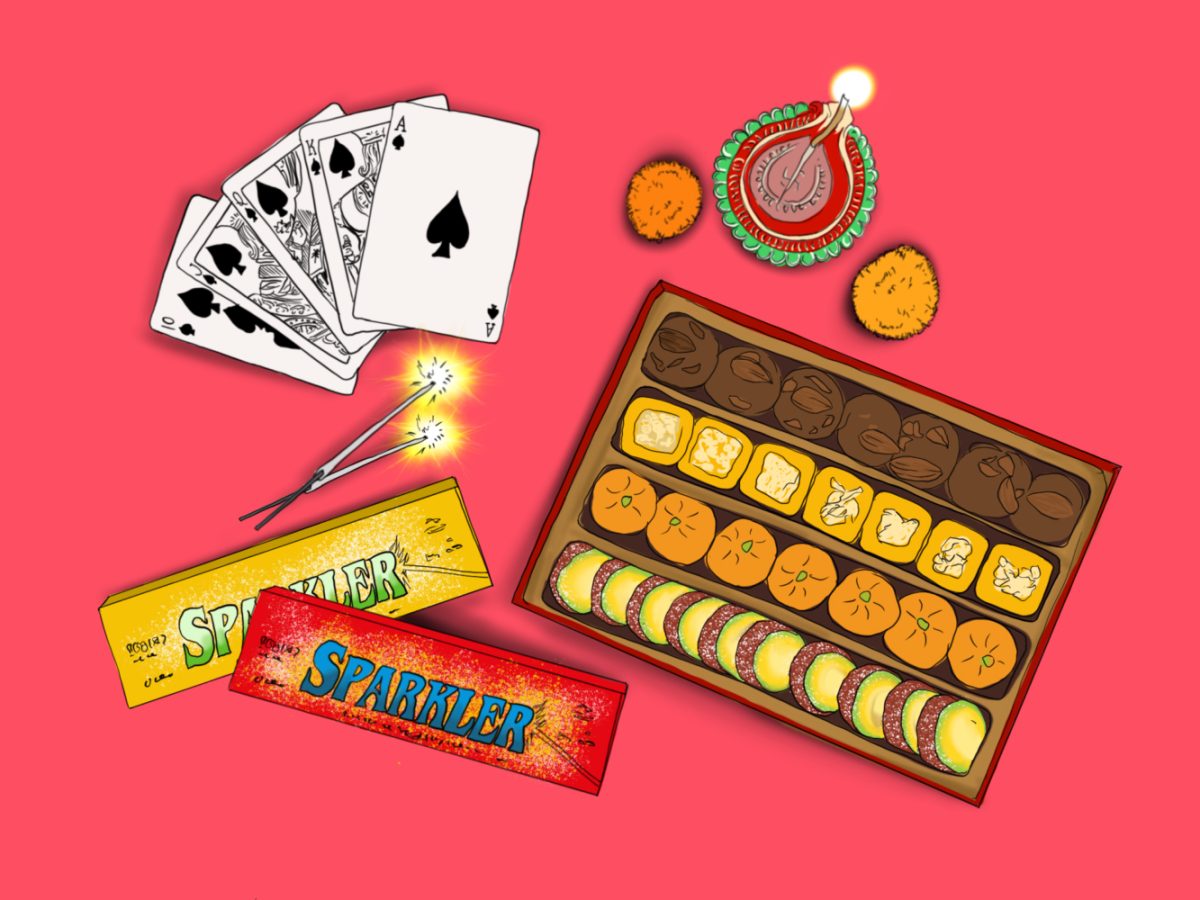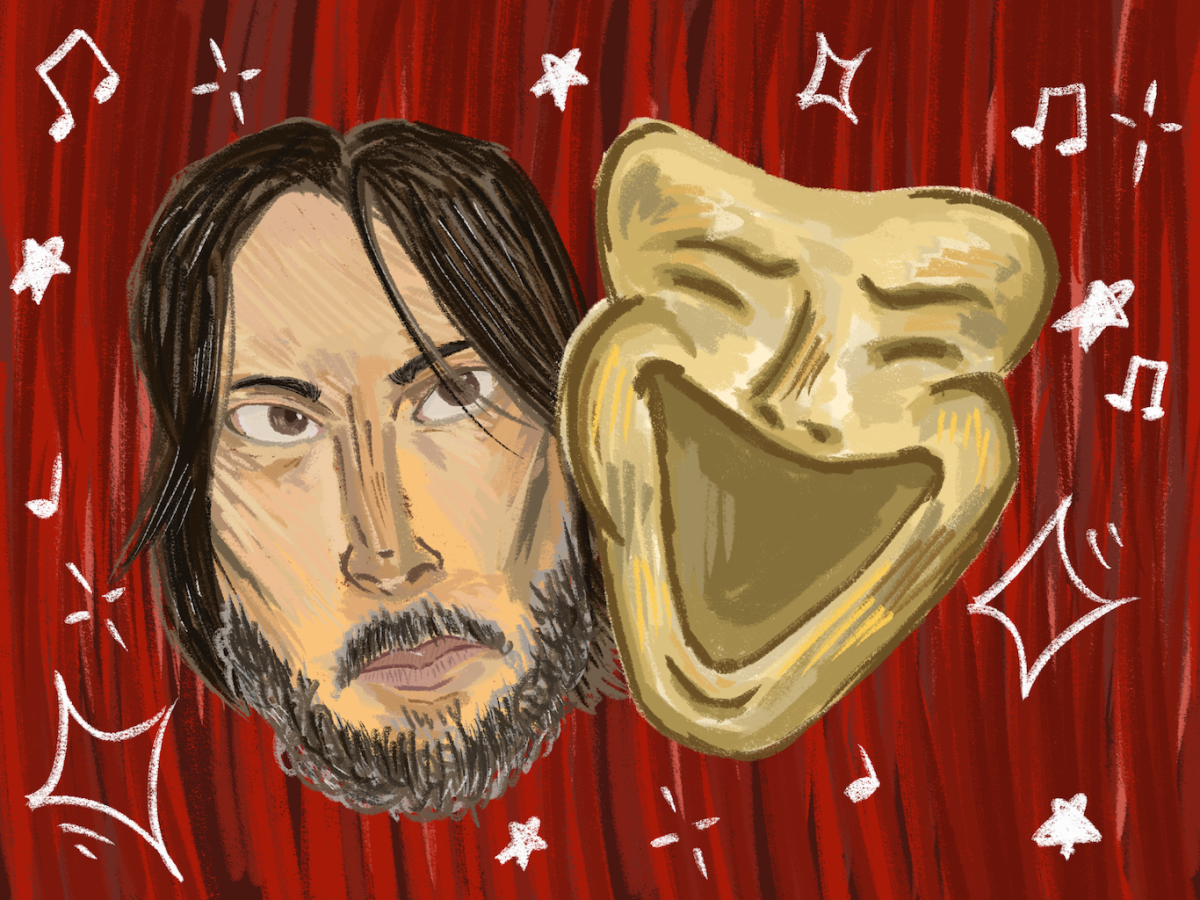Lili Anolik is unapologetically in love with Eve Babitz, and she makes no attempt to hide it. Her profile on Babitz in Vanity Fair pushed Babitz into the spotlight, a space once only occupied by Joan Didion. Anolik’s piece contrasted Didion’s polished, politically driven writing with Babitz’s world of conquests, and rumors of men and drugs.
Didion was an award-winning writer and pioneer of New Journalism, famous for her work on the Manson murders and the Central Park Five. Babitz was an artist and author, initially known for her nudity in a chess match with Marcel Duchamp but later celebrated for her semi-autobiographical prose.
After Babitz and Didion’s deaths in 2021, Anolik felt a spark of dread in her stomach. While going through Babitz’s old home, Eve’s sister had found a hidden box of Babitz’s unsent letters to Didion, filled with scathing remarks and small insults. As Anolik dug through Babitz’s belongings with the family, whom she had grown close to through her friendship with Babitz, she realized there was more to the seemingly opposite pair than she had covered in “Hollywood’s Eve”.
“Didion and Babitz” is an analysis of the letters and the charged literary history between the two women. Anolik spoke with WSN about the journey that led to the creation of the book and the challenges she faced along the way.
This interview has been edited for length and clarity.
WSN: How did you go about starting “Didion and Babitz?”
Anolik: I really felt that I was done with Eve. I’d devoted nine years to her. I did my best with ‘Hollywood’s Eve,’ my book on Eve, and then she dies. The first thing I pull out [of this box] is just this letter to Joan. It was thrilling to me but kind of a little upsetting too because I knew I was going to have to write about it and revive the Eve book. I knew I’d gotten things wrong. She never told you when she had troubles or difficulties, she’d just brush past that. And so [I’d found] a huge, massive collection of letters.
These were letters that you write that you don’t think are shitty, so you don’t throw them out — which is a normal thing, everyone writes emails or letters and trashes them — but these were letters you thought were really valuable. So valuable, in fact, that you couldn’t trust the person to whom you were writing.
I meant to revise the Eve book. But then I started working on it … At a certain point, I realized it was essentially another book, and at a certain point, I also realized that I was writing a shadow book on Joan Didion. They were in the same scene, and they were all over each other, and their characters were often the same people. To understand the LA of this time and place, this very particular Hollywood LA of the ’70s, you need both [women]. I felt you could not understand one without the other.
WSN: Throughout the book you refer to a reader, adopting a conversational tone. Were you envisioning a specific reader, an ideal person engaging with the book? If so, who were they?
Anolik: I felt that Joan is such a monumental figure. You see generations of literary young women go bananas for her. So I guess I pictured you. I pictured a smart, young woman. People love Joan’s books, but they are also so into her persona. They’re into her as a literary figure but also really as a cultural figure. They just have certain ideas about her. I felt Joan was so controlling of her persona and her image, you knew about her only what she wanted you to know. This book was different from that.
WSN: I was really surprised to learn that Eve played such a significant role in Joan’s meeting with The Doors, which is mentioned in the titular essay from ‘The White Album.’ It was fascinating to see how Eve influenced Joan and left her mark on the rock and roll scene.
Anolik: The book is dedicated to Earl McGrath, you see Michelle Phillips in there, you see Annie Marshall — there’s no Eve. Even Janis Joplin is mentioned but no Eve. And she’s only there because Jim Morrison was one of Eve’s conquests. He was playing for a couple of people at the London Fog when she met him, he was not this famous person yet. I think one of the differences between Joan and Eve too is they’re in the same scene, but Eve is a participant. She’s fucking the guys, she’s taking the drugs, and Joan is the observer. But to get that inside track, even though Joan had already been famous, she still needed Eve to get in there, because Eve was on the inside of the inside.
WSN: Differentiating them in that way makes so much sense because they’re different veins of the same person. They’re playing off each other and each other’s work.
Anolik: They are one being. That’s why you have to write about them together. They’re so opposite, yet the same. Joan is the craftsperson, Eve is improvisatory. Observer, participant. Body, brain. Huge success, completely obscure. Eve’s famous now, but throughout her career, she never broke through, while Joan only became more famous.
WSN: Even Joan is still growing — her obituary is even popular.
Anolik: Her memorial was fucking insane. It was like the social event of the season. You cannot get bigger. I mean, I learned of Joan Didion because, like, the cool girl — the great looking, sexually active, drug-taking, great girl in our grade — gave ‘The White Album’ to me. It seems like a rite of passage for all these generations. She only gets bigger.
WSN: She’s like the stepping stone of what’s becoming cool and what it means to be the cool girl, the cool writer. That’s even how I found her.
Anolik: That’s how we all found her. Everyone’s having the same experience. And I mean, I started chasing Eve in 2010, and nobody knew who she was. I pitched her all over town, and nobody knew her. She wouldn’t write me back, wouldn’t return my calls. It took years to get her attention. It’s crazy because she’s gotten so big. Now you’re telling me at NYU, among literary kids, she’s a known quantity. It’s an amazing thing for me to hear. Some of it is the world being ready for her, but also when I wrote about her first for Vanity Fair, I was able to put the whole life together. But really, I think the world needed an alternative to Joan. Two sides of the same coin. Yin needs yang.
WSN: Do you think the relationship between Didion and Babitz was shaped by competition, driven by each other’s insecurities?
Anolik: I always felt like there was a very powerful attraction and repulsion between the two of them. I don’t think there was a day that went by without Joan thinking about her reputation. She was so careful about it. It was her persona. It was so cultivated, it was so polished, as you said. But I think she felt that an ideal person would not think that way. Which is exactly what Eve was like. Eve was that. In every conceivable way, she did not give a shit about that stuff. When Joan describes her ideal self, she is describing Eve, in my opinion. She could never bear being like Eve. That would mean to get dismissed, to get disrespected, to get looked over. I don’t think Joan could have stood it.
When Eve writes about Joan in ‘Eve’s Hollywood,’ she describes her as having a kind of professionalism. I think in her mind, that was the opposite of art. To have a career, to be a professional, it was disgusting to her. But then, on another level, I think she really admired her because Joan was such a winner. And Joan just seemed to have it all figured out. She had a marriage that turned out to be fraught and difficult and not so appealing, but it’s high functioning. She has a baby, she has the huge career. And Eve needs Joan’s fame to get into Rolling Stone, and she needs Joan’s fame and reputation to get her first book published. It was so difficult between them. They were repelled, and they were so attracted.
WSN: That goes back to your point about how, at the end of the day, some of these letters were never sent to Joan. Do you think they represent Eve’s darkest moments, serving as a form of written catharsis, and are more about her own insecurities than about Joan?
Anolik: I think it was about both. I think it was about Eve’s insecurities and Joan’s faults. It’s a naked letter. It does feel like a lover’s quarrel. They certainly were not lovers, but it’s just that thing. This relationship … You can call it a friendship, you can call it a rivalry — it encompasses both of those things — but it’s familial too. It was much closer than friends, lovers and family members. It’s somebody where you recognize the other person and you kind of are the other person. It’s a level of intimacy that is basically not bearable.
Contact Julia Diorio at [email protected].












